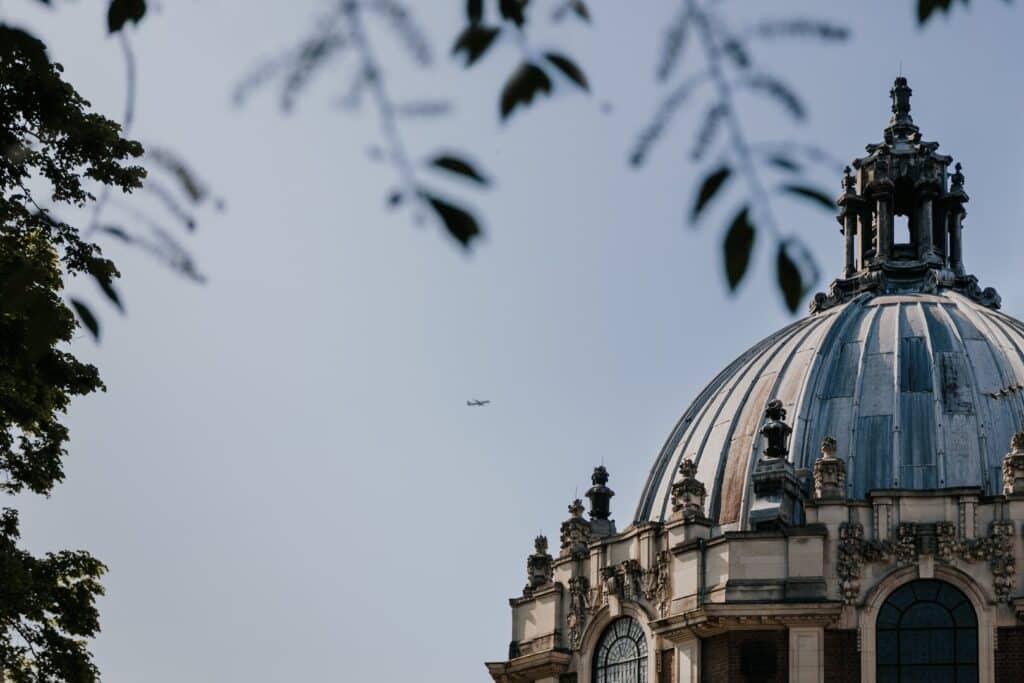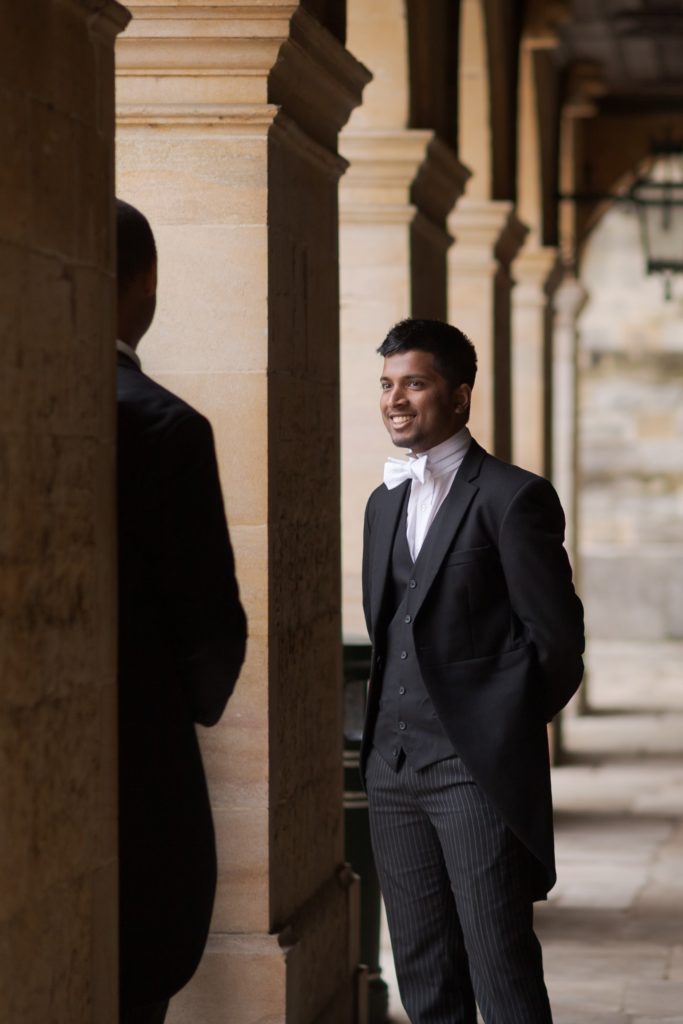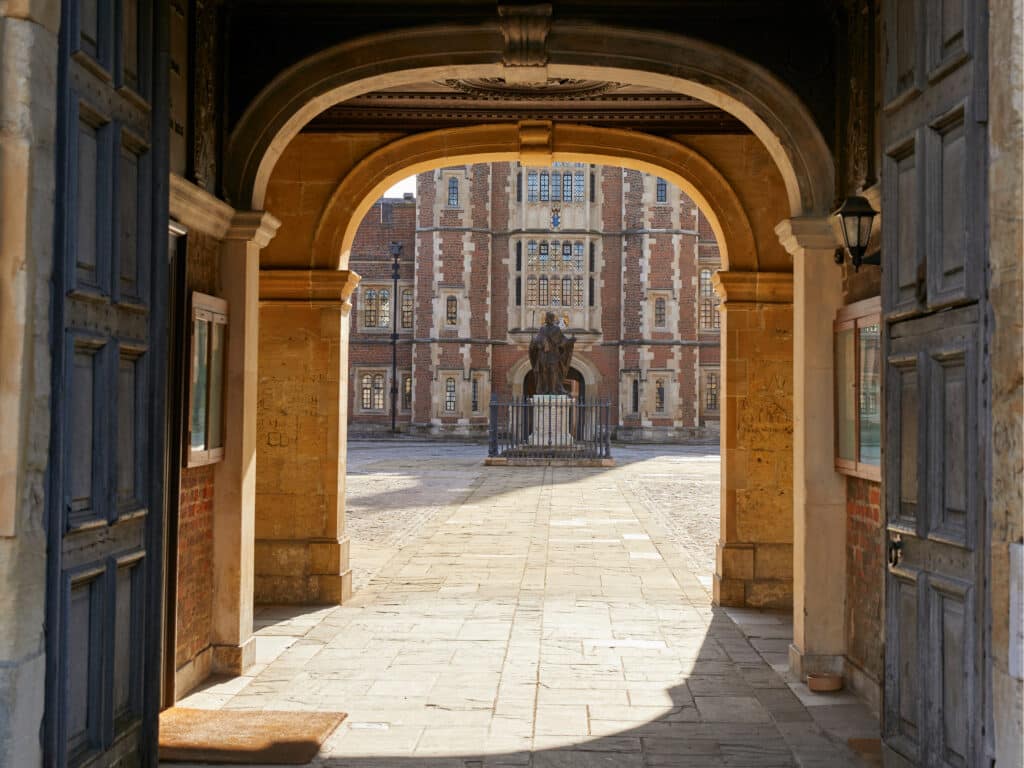This summer, EJNR, NPTL and 15 Etonians attempted Eton’s most ambitious mountaineering project to date – Cotopaxi (5897m). As sometimes happens in the high mountains when you aim high, it was ultimately unsuccessful at least in terms of summiting. However, all concerned had the adventure of a lifetime and learnt many skills which made the expedition extremely worthwhile. On arrival in Quito, it was clear that the weather was against us. It was cold and raining – a pattern which was to plague us for the rest of the expedition. The first 10 days were spent preparing for the summit attempt – acclimatising, building up fitness and mountaineering skills, keeping healthy and finalising any equipment problems. One of the great advantages of mountaineering in Ecuador is that all this can be done in a civilised manner given Quito’s proximity to the mountains. The first few days were spend sight-seeing in Quito, which at 2850m was also the start of the acclimatisation. From Quito, we climbed Pasachoa (4200m) – which we did not summit due to bulls used for bull fighting grazing near the summit! – and Guagua Pichincha (4,787m). This mountain gave the boys their first taste of Acute Mountain Sickness and the mountain also had a distinctly wintery feel. Everyone summited. From Quito, we moved to an old colonial hacienda near Cayambe via Otovalo market and Cuicocha Crater Lake. A few days were spent staying in a refuge high on Cayambe at 4600m for further acclimatisation and training. Boys learnt how to use ice-axe, crampons and travel on a glacier as well as being introduced to the delights of mountain refuge accommodation. Our main goal here was acclimatisation and training, not summiting Cayambe. Strong winds put to rest any ambition to aim for the summit so we turned back at Point 5535(m). After Cayambe, we moved to Cotopaxi. On arrival (our transfer day), we had the best weather of the trip and our hopes rose. We stayed in Tambopaxi – luxurious by mountain refuge standards. After more training, we transferred our equipment to a high refuge at over 4800m, but the winds were beginning to pick up again. When we finally moved to the high refuge, it was becoming clear that our weather window had passed, a sentiment further confirmed by an avalanche on our route that evening. Nevertheless, we continued to hope and prepare for our midnight departure. As we tried to sleep beforehand, the noise from the wind hitting the refuge suggested all was not well. A brief trip outside confirmed that the summit attempt was not on: verglass on the door and stones, winds gusting over 80mph, snow and sleet, poor visibility and the knowledge that there remained a loaded snow slope just above the earlier avalanche on our route. One team of two set out, only to return an hour later with ice having built up inside their clothing – and they didn’t even reach the glacier! The weather was set and no-one summited within the next few days. The boys learnt an important lesson in decision making and how to deal with disappointment. Mercifully, our trip was not over. We drove from our refuge at 4800m in a mountain desert, to the rainforest just over sea level. We spent a few days in the jungle in the Quichua villages of the upper Napo River. These villages only recently became open to tourism and still function in the traditional manner of the indigenous people. In true ‘Bear Gyrlls’ style, we were taught how to trap animals and use the plants, travel in dugout canoes, journeyed through canyons and cave systems, lived off the local environment, and got bitten a lot. It really was quite an experience to have an insight into how these indigenous people live. With the mountains and jungle behind us, we set off for Quito and home. A few stayed on to visit the Galapagos islands. Whilst the expedition did not achieve its primary objective, it was hugely successful in other ways. It was an immensely varied and smooth running programme, the boys were the strongest and best acclimatised group I have worked with, it was an excellent introduction to independent and adventurous travel, there was a strong emphasis on teamwork and leadership (each boy having to be the leader for a day), an introduction to high altitude mountaineering – especially the preparation and decision making, and ultimately a very broad range of new experiences. The boys were excellent. They were: Graham, W. (CJD); Clarke, R. (MAG); Dajani (ASR); Rose (RJM); Hart, C. (ASR); Spicer OS MS (ASR); Graham-Watson mi (PMG); May, P. (DMG); Durini di Monza OS (NJR); Bali OS (RJM); Watt, J. (NJR); Bodenham (WFM); and Strover (NCWS). Photos will appear on http://ejnr.net in due course. EJNR



